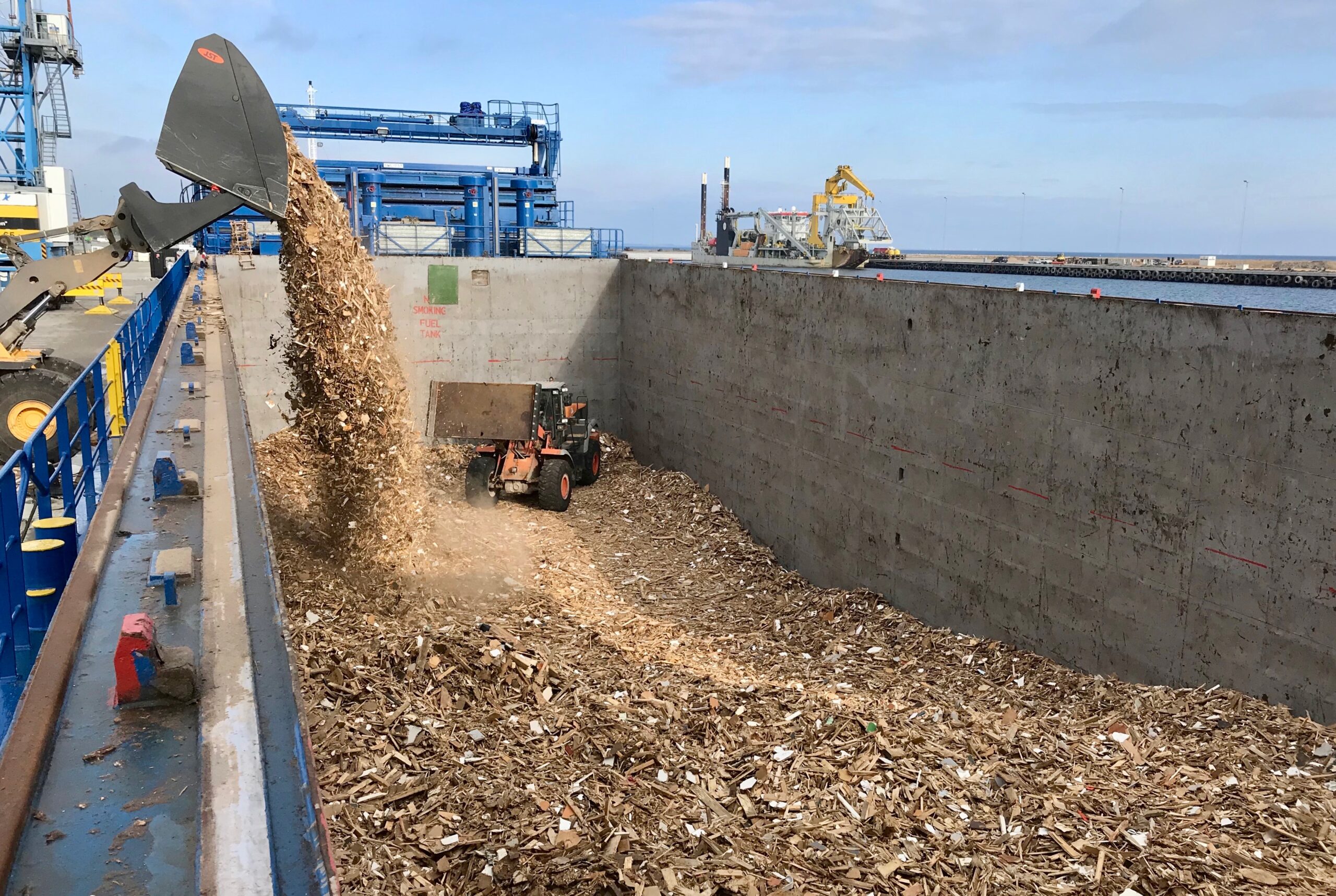The report also maps the CO2 footprint from material recycling compared to that of energy recovery.
In a strategic move towards developing more sustainable operations, resource management company Geminor is now releasing its first ESG report covering the year 2020. The report charts the current company emissions within operations, transport, waste-to-energy, and material recycling.
The purpose of the report is to improve company routines and obtain best practices with regards to sustainability, explains CEO at Geminor, Kjetil Vikingstad.
- In terms of sustainability, our goal is for Geminor owned operations to be fossil-free and to achieve net-zero direct emissions from our operations by 2030. To address our indirect emissions, we will use our purchasing power to set environmental requirements for the services acquired from our value chain. Geminor is also creating tools allowing us to calculate the footprint of services provided and offer our customers the least carbon-intense solutions on the market, says Vikingstad.
- We consider it important to let all our stakeholders follow our progress in reaching our economic, social and environmental goals. This report gives us the opportunity not only to show how Geminor is operating, but to point out and raise awareness about the challenges faced by the entire recycling industry, says Vikingstad.
Shipping is best
The report shows that Geminor Group handled more than 1,7 million tonnes of waste feedstock in 2020. Approximately 91 percent of this went to energy recovery and 9 percent to material recycling. Only 0,15 percent went to landfill.
A considerable part of waste management emissions comes from the transport of material for recycling or energy recovery. For Geminor, 76 percent of last year’s volumes were transported by trucks, 23 percent by ship and one percent by rail.
The choice of transportation with regards to CO2 emissions is a complex one for the industry, explains report editor and Sustainability Manager at Geminor, Christina Telnes.
- The CO2 intensity is calculated by dividing transport emissions by the tonnage of waste transported. In our transport portfolio, shipping constitutes both the most and the least CO2 intensive means of transport. RoRo ferry transport has the highest CO2 intensity, while some of the container transport is the least carbon-intense alternative, says Telnes.
The report brings truck transport into a more favorable light.
- Road transport, which for long has had a bad reputation with regards to emissions per ton, turns out to have the same average CO2 intensity as bulk transport in our transport portfolio. The greener option, rail transport, is marginally beaten by the most efficient container shipping, Telnes explains.
- By actively choosing transport services with lower fossil carbon footprints – and utilizing our HUB network to optimize logistics – we can reduce our emissions in the years to come, argues Telnes.
Energy recovery vs. material recycling
The report also reveals that CO2 emissions from energy recovery of waste wood turn out very low compared to that of other fractions – even material recovery of waste wood. This is because biomass is defined as having net-zero emissions, Telnes explains.
- Biogenic materials are part of the short-term carbon cycle and do not add to the planet’s existing carbon mass balance the way fossil carbon does. Burning waste wood is not emission-free, but in climate accounting, it is set to zero compared to fossil CO2.
As a consequence, calculations made in the Geminor report presents material recycling as more CO2 intensive than energy recovery of waste wood. - According to Asplan Viak’s estimates – which we have used for this report – energy recovery is marginally better than recycling. This is a good example of how looking at only one parameter is insufficient in determining the best solutions. CO2 emissions from material recycling are higher because it involves more processing and use of chemicals. However, the emission factor does not consider the resources saved by avoiding the extraction of virgin wood.
- In other words, CO2 emissions do not tell the whole story. Hence, the report does not change Geminor’s goal to increase the amount of waste wood recycling in the future, concludes Sustainability Manager at Geminor, Christina Telnes.










